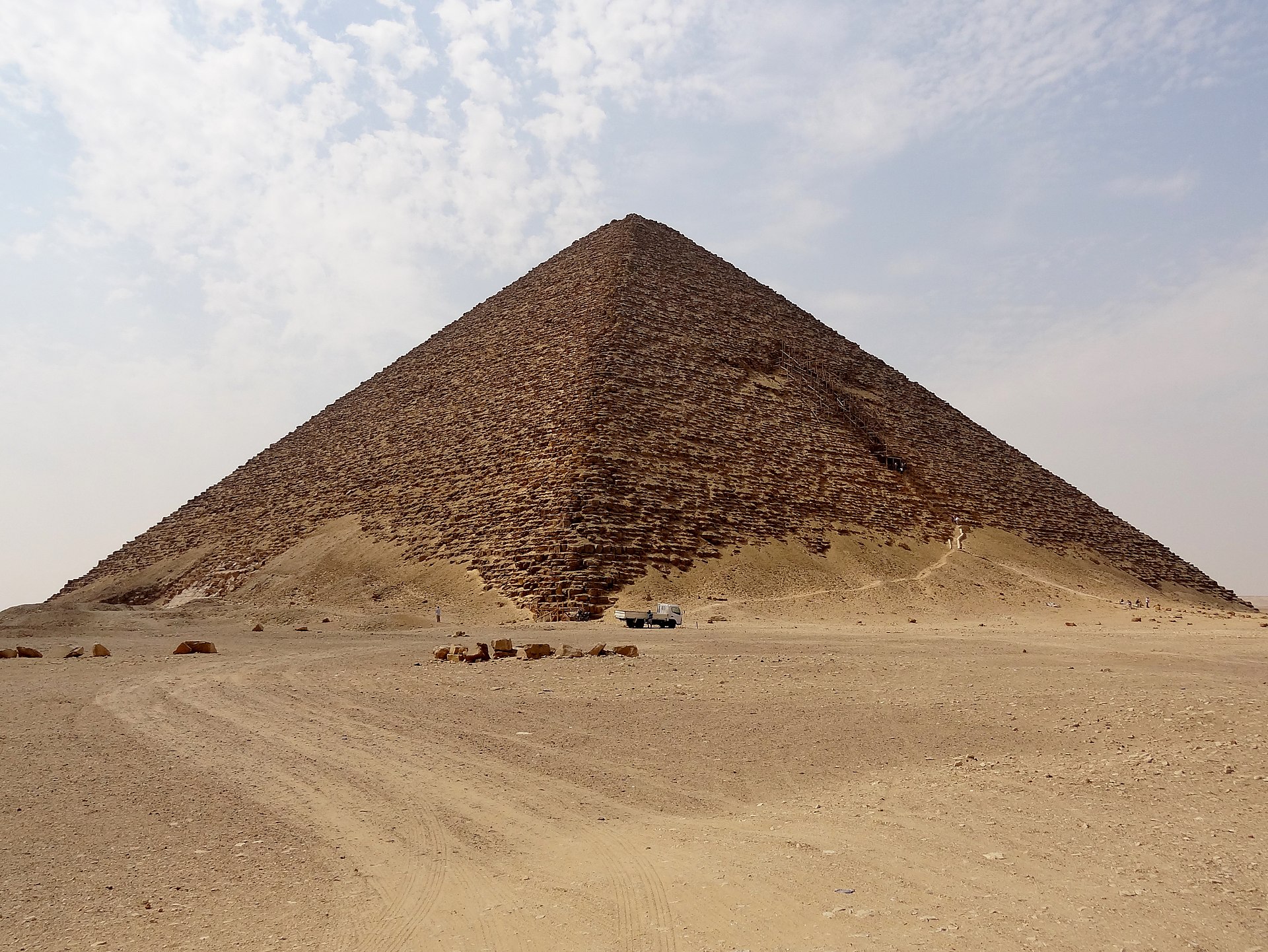Egypt’s ancient wonders are synonymous with the iconic pyramids of Giza, but beyond these famous structures lie lesser-known gems waiting to be discovered. While the Great Pyramids draw millions of visitors annually, Egypt boasts over 110 pyramids of varying sizes and levels of preservation. Here, we unveil Egypt’s Hidden Gems – seven of the most intriguing pyramids that often linger in the shadow of their more renowned counterparts.
Step Pyramid of Djoser
Located in Saqqara, approximately 30 km from Cairo, the Step Pyramid of Djoser is recognized as the oldest surviving pyramid in Egypt. Constructed during the Third Dynasty around 2667 BCE, this pyramid stands at a height of 62.5 meters and features six distinct tiers, giving it a unique stepped appearance. Symbolizing the pharaoh’s journey to the afterlife, it offers a glimpse into ancient Egyptian beliefs and architectural innovation.
Pyramid of Unas
Situated between the complexes of Djoser and Sekhemkhet, the Pyramid of Unas dates back to the Fifth Dynasty. Despite its modest size, this pyramid holds immense historical significance. It is adorned with the earliest known Pyramid Texts, ancient inscriptions serving as guides for the deceased pharaoh’s journey to the next life, making it a treasure trove of ancient wisdom and spirituality.

Bent Pyramid
Found in Dahshur, the Bent Pyramid is the product of Pharaoh Sneferu’s ambitious building projects during the Fourth Dynasty. Its peculiar name comes from the unique bend in its sides, a result of architectural adjustments made during construction. Originally built with a steep angle, structural concerns led to a reduction in slope, offering insights into the challenges faced by ancient builders and engineers.
Red Pyramid
Standing tall as the third-largest pyramid in Egypt, the Red Pyramid owes its name to the reddish hue of its limestone blocks. Built during the early 26th century BCE, it represents a significant milestone in pyramid construction, being the first successful attempt at creating a true smooth-sided pyramid with proper geometric proportions. Its imposing presence in Dahshur highlights the ingenuity of ancient Egyptian architects.
Pyramid of Meidum
Situated along the route to Fayyum, the Pyramid of Meidum was initially constructed as a stepped pyramid during the Fourth Dynasty. Later modifications by Pharaoh Sneferu transformed it into a true pyramid, but erosion over time has left only the uppermost levels visible today. Despite its weathered appearance, Meidum’s history and architectural evolution make it a fascinating site for archaeological study.
Pyramids of Abusir
Located south of Giza in the Abusir region, these pyramids belong to pharaohs of the Fifth Dynasty. While not as grandiose as their counterparts in Giza, these structures serve as important burial sites. However, many have suffered from erosion due to the use of less durable building materials, underscoring the challenges faced by ancient builders in preserving their monumental legacies.
Black Pyramid
Rising majestically in Dahshur, the Black Pyramid was erected during the Middle Kingdom for Pharaoh Amenemhat III. Despite its name, derived from the black basalt rubble surrounding it, this pyramid once symbolized royal power and grandeur. However, structural issues led to its gradual decline, highlighting the fragility of even the mightiest monuments in the face of time and nature.
While the Great Pyramids of Giza rightfully claim the spotlight, Egypt’s lesser-known pyramids offer a deeper understanding of the ancient civilization’s architectural prowess, religious beliefs, and cultural heritage. Exploring these hidden gems of Egypt unveils a richer tapestry of Egypt’s storied past, inviting travelers to embark on a journey of discovery beyond the beaten path.










